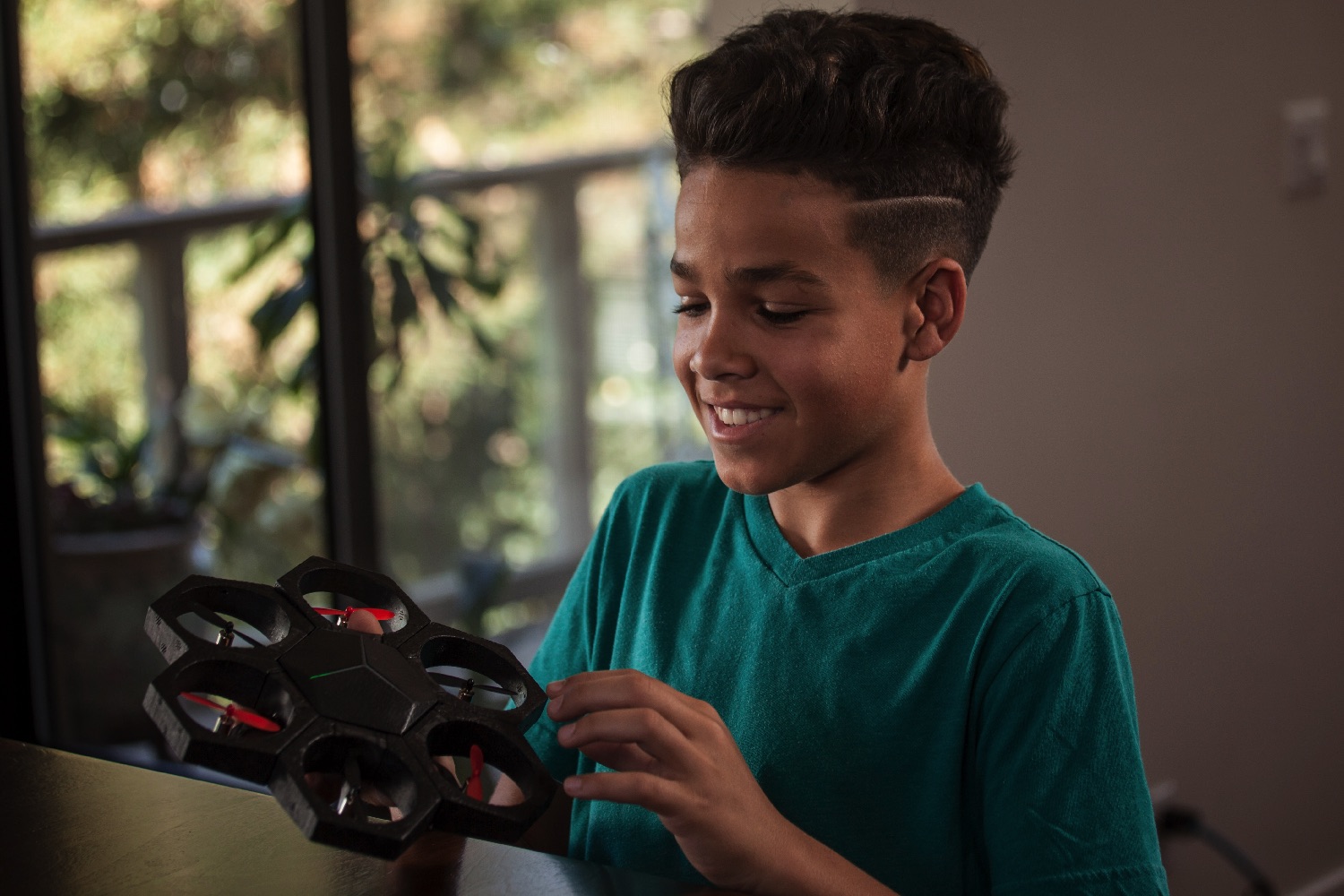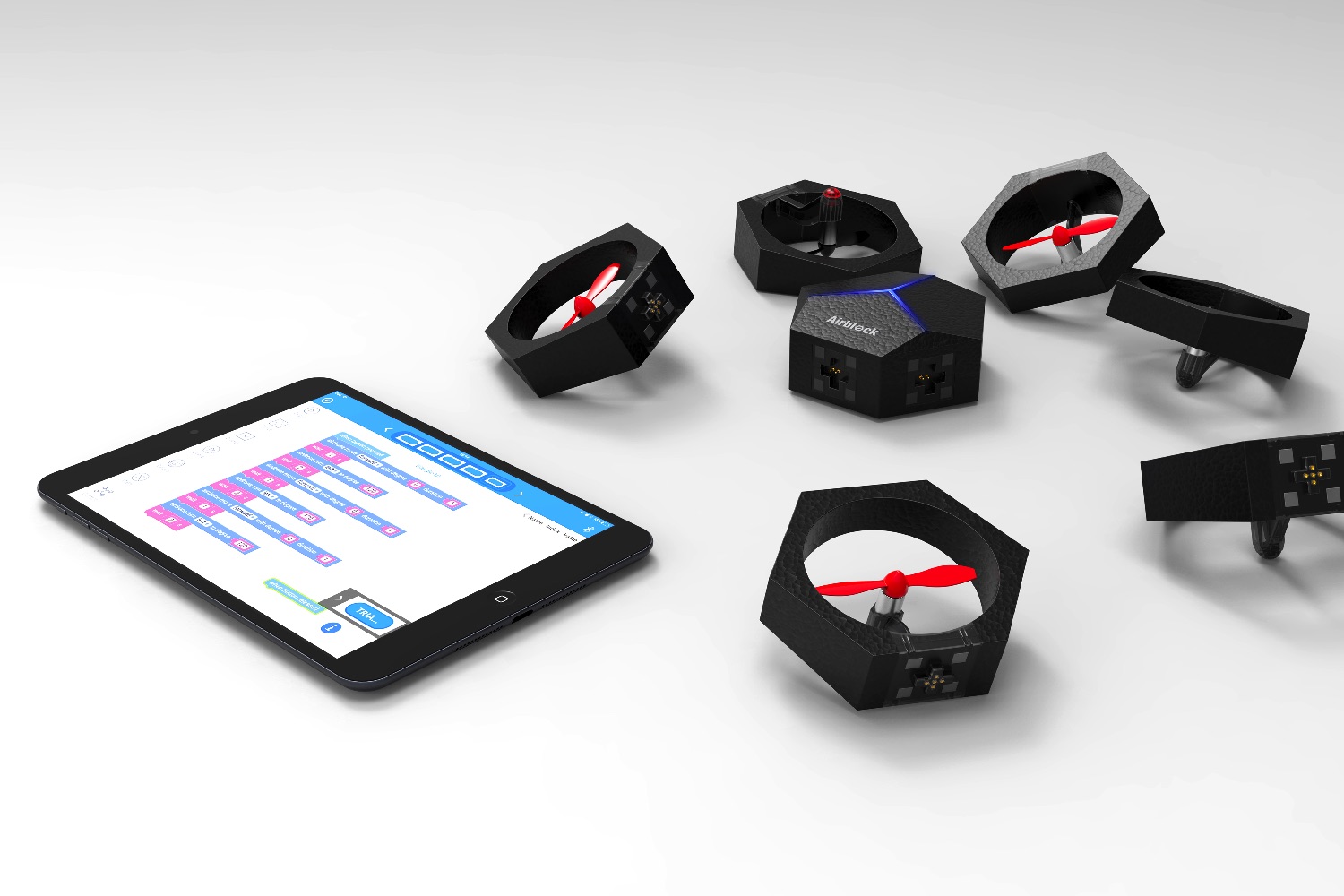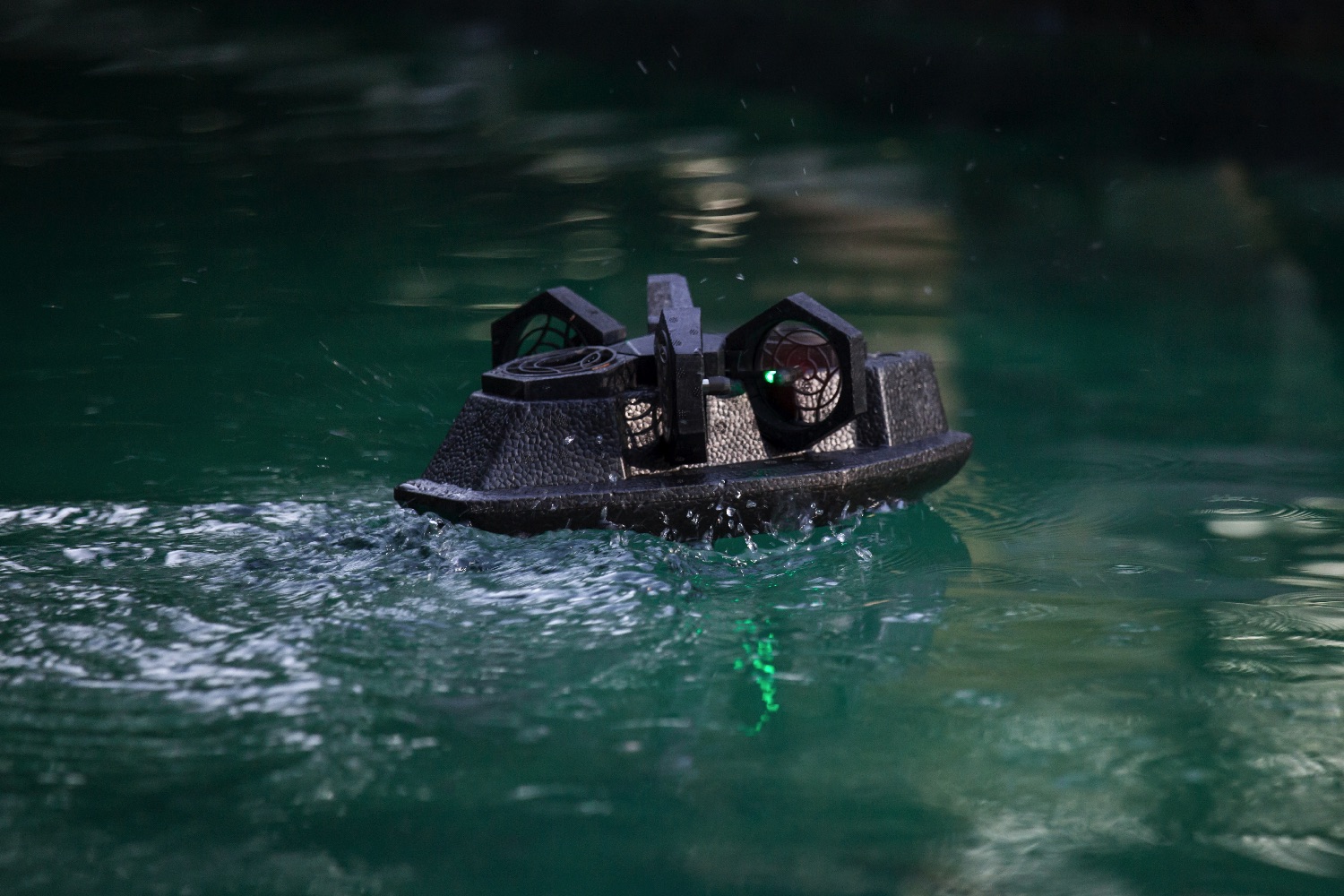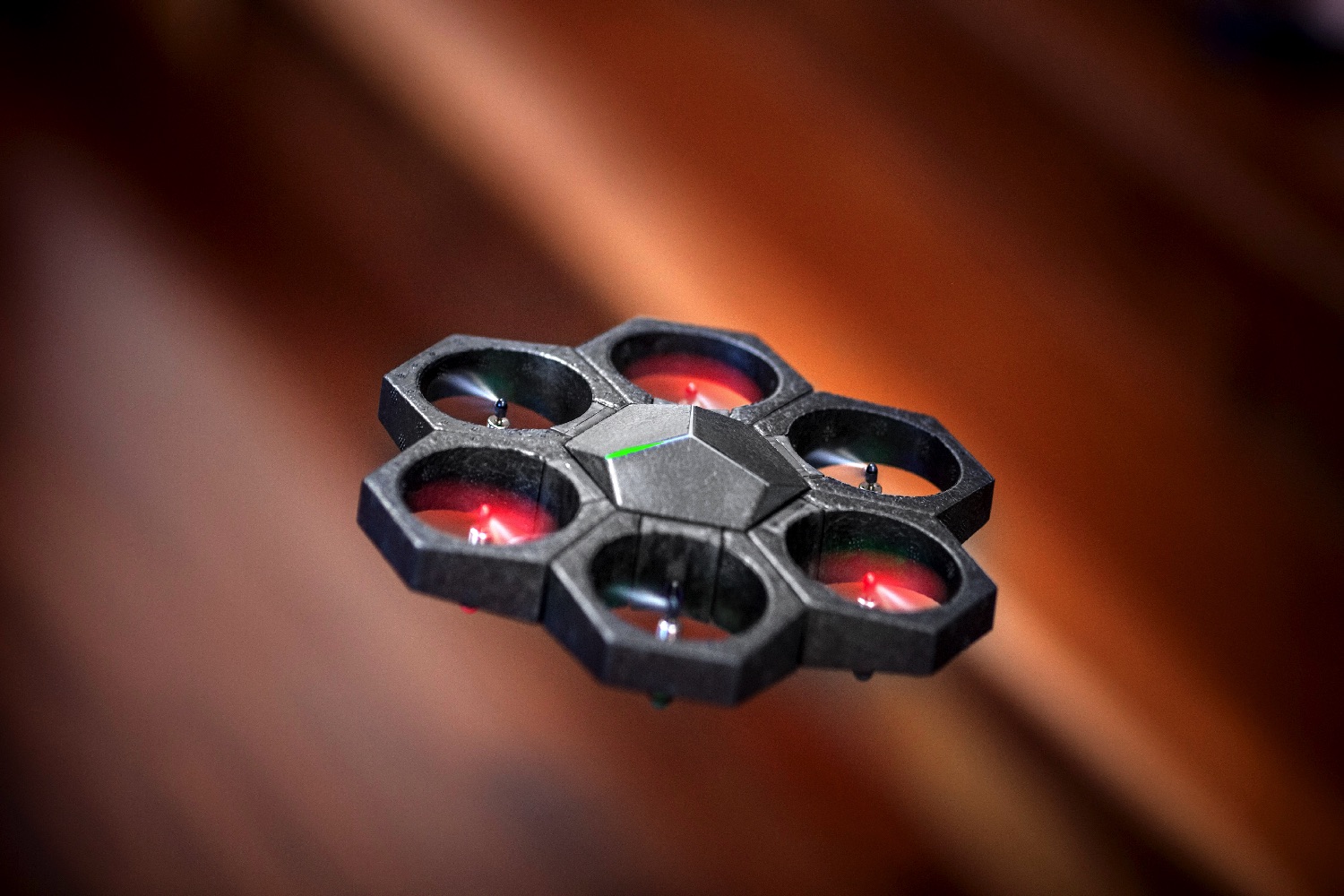Jump forward to the present day, and Makeblock — a DIY robotics firm based out of San Francisco and Shenzhen, China — wants to accomplish the same goal of creating code-literate kids by giving them AirBlock, a modular programmable drone to build and play with.
“At the start of the project, we sent out a survey asking how many people had used drones before,” Yukin Pang, PR manager for Makeblock, told Digital Trends. “Around 40-50 percent of people who responded said they had. However, most of these were adults who had used them for industrial use. The other people who had used drones had typically played with much simpler ones, which were incredibly limited. We wanted to create something to sit between those low-end and high-end drones — which could also help get people excited about STEM in the process.”
Currently raising funds on Kickstarter, the idea behind the AirBlock drone is that it’s made of magnetic parts, which connect together to form a variety of different vehicles. Think learning meets Transformers!
The two primary vehicles you can build include a regular flying drone and a hovercraft — but it’s equally possible to put together other assorted DIY projects, including using the pieces to power a Lego car. You then set about programming the modular, durable blocks with a dedicated easy-to-use app. This simple visual programming language is designed to convey the essence of coding, but by using graphics instead of text.
The AirBlock drone carries a flight time of six minutes and has a maximum height of 10 meters, and a maximum speed of 1.5 meters per second. In hovercraft mode it can hover for 8 minutes with a speed of 2.5 m/s.
Pre-orders start at $99, and units are set to start shipping in February 2017.







